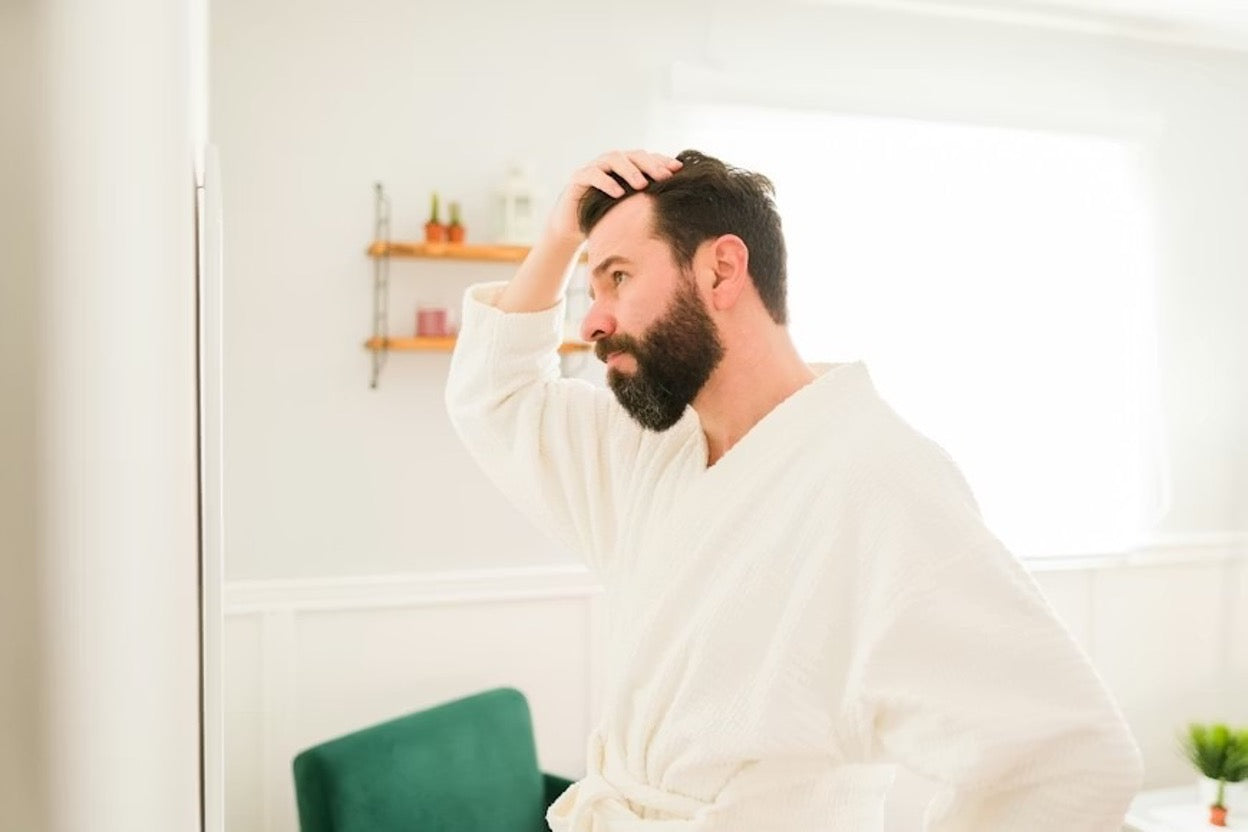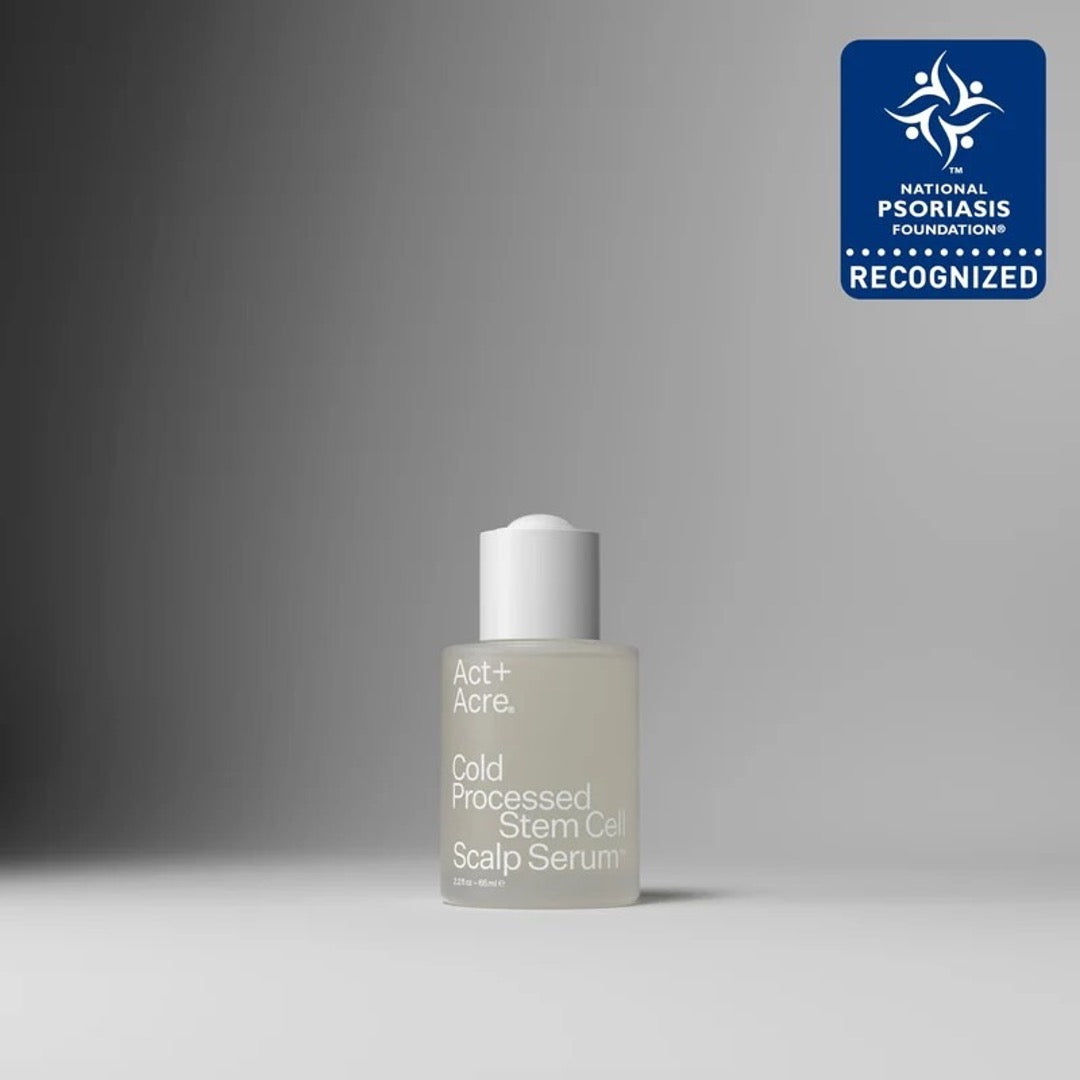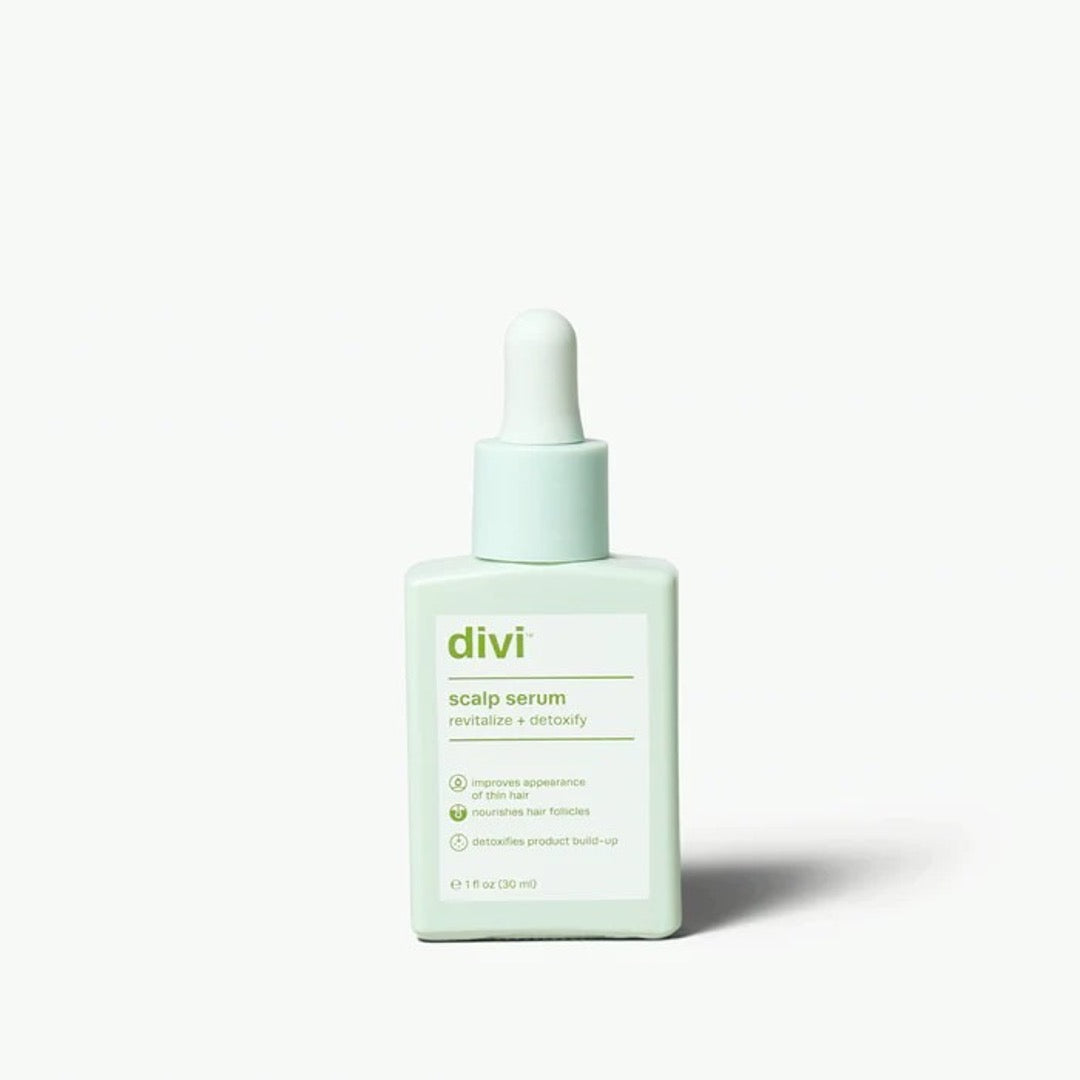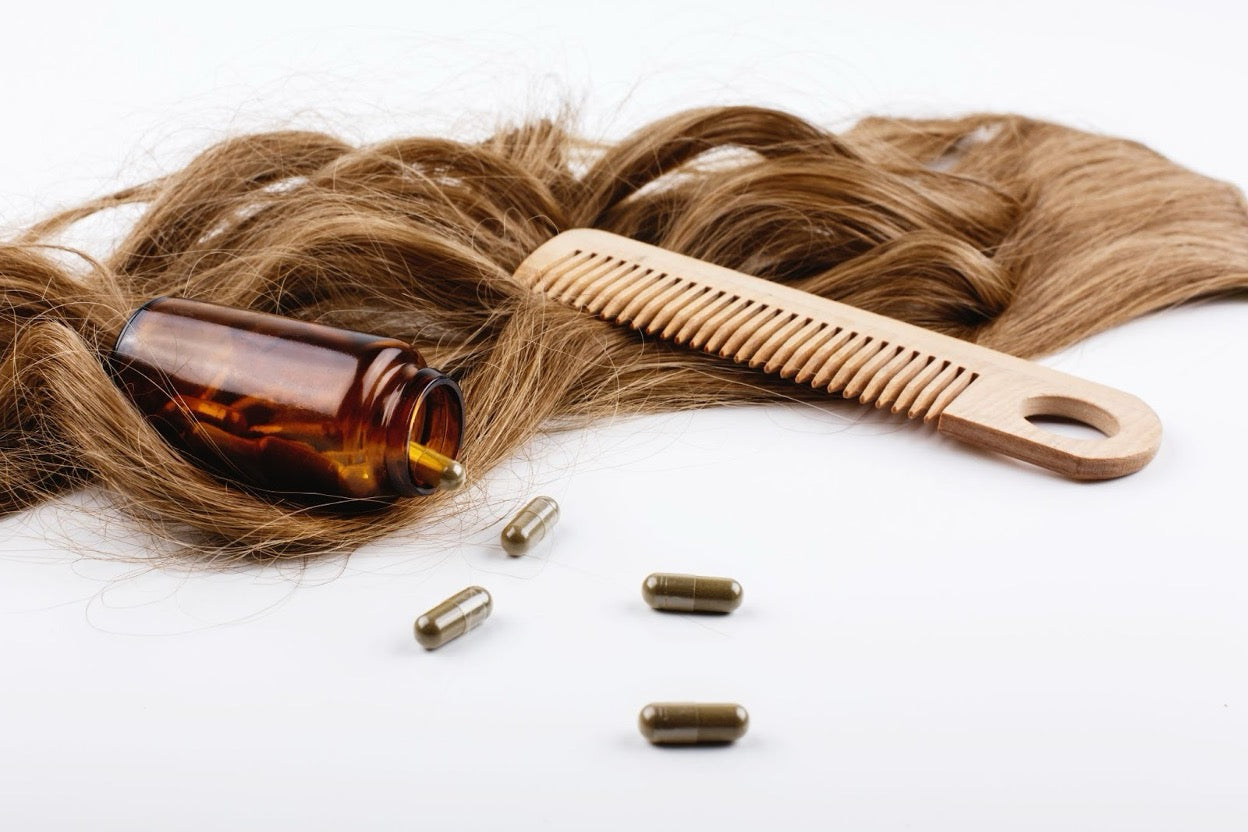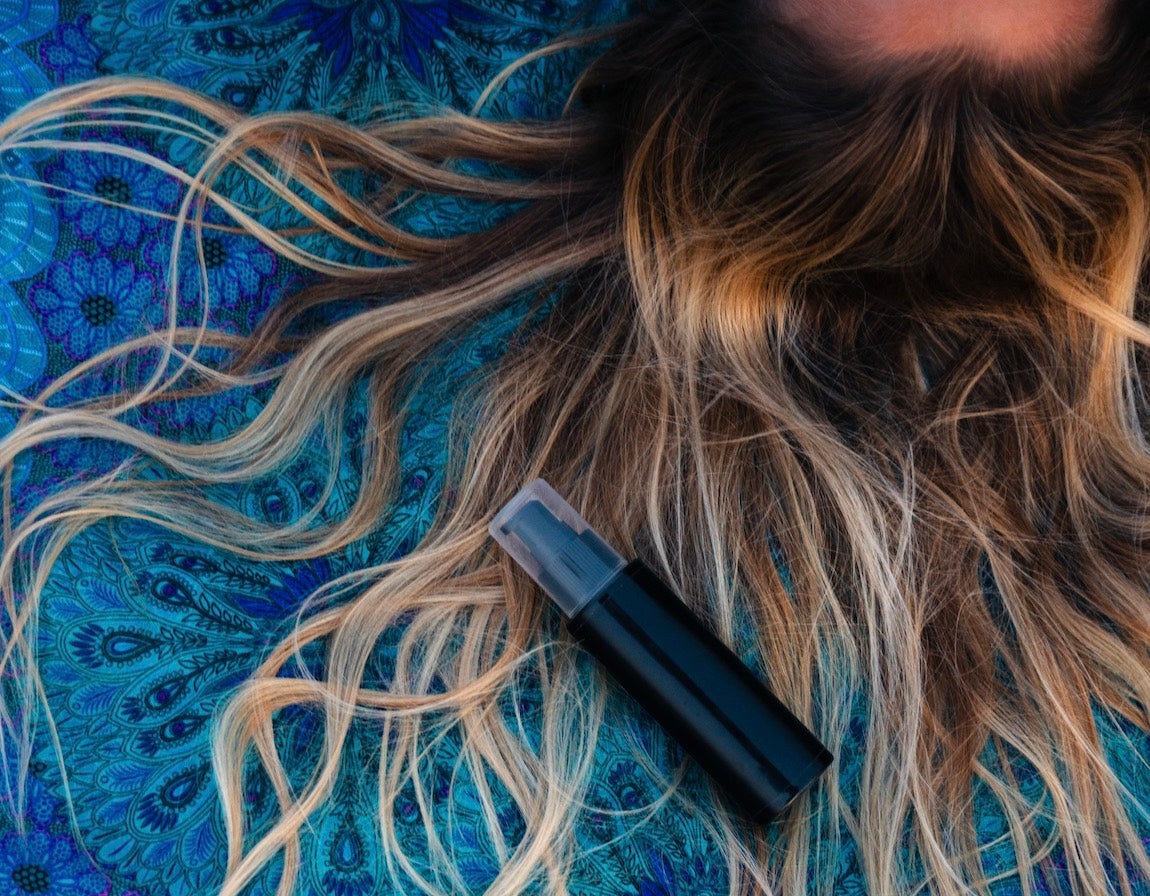How Long to Leave Conditioner in Hair for Deep Conditioning
BY TRYBELLO
Oct 13, 2025

Key Takeaways
- Most hair types thrive with 20–30 minutes of deep conditioning, giving ingredients enough time to penetrate without weighing hair down.
- Fine hair needs just 10–15 minutes, while thick, coarse, or curly textures may require 30–45 minutes for best hydration.
- If your hair still feels dry, brittle, or hard to detangle after conditioning, extend sessions slightly; if it feels limp or greasy, reduce the time.
- Weekly sessions are ideal for most, biweekly may suit healthy hair, and twice-weekly can temporarily help severely damaged strands.
- Trybello Hair Growth Conditioner nourishes, strengthens, and revitalizes hair daily with clean, plant-powered ingredients, delivering thicker, fuller locks backed by a 120-day risk-free guarantee.
Perfect Timing: How Long to Deep Condition Different Hair Types
The ideal deep conditioning time isn't one-size-fits-all. Most products recommend leaving the treatment in for 20–40 minutes, but your specific hair type, texture, and condition should dictate your timing. The goal is to provide enough time for ingredients to penetrate the hair shaft while avoiding potential issues from excessive conditioning.
Standard Deep Conditioning Times
For most hair types, 20–30 minutes serves as the sweet spot for deep conditioning. This timeframe allows moisturizing ingredients and nutrients to properly penetrate the hair shaft without causing protein overload. Product manufacturers typically provide this range on their packaging because it works well for the average person seeking enhanced moisture and strength.
However, depending on your hair's specific needs, you might benefit from adjusting this standard timing. Severely damaged hair may require the full 30 minutes or longer, while healthier hair might achieve optimal results with just 15–20 minutes of deep conditioning.
Signs You Need Longer Conditioning Sessions
You might need to condition longer if:
- Hair feels dry and brittle even after conditioning
- Split ends or breakage are persistent problems
- Your hair has undergone chemical treatments (coloring, relaxing, perming)
- Curly or coily textures that naturally need more moisture
- Difficulty detangling even after regular conditioning
Pay attention to how your hair responds after deep conditioning sessions. If you notice immediate improvement but the effects don't last, extending your conditioning time by 5–10 minutes might provide more lasting results. Conversely, if your hair feels weighed down or overly soft after deep conditioning, you may need to reduce your timing.
"Sulfate-Free Hair Growth Duo Delivers Thicker, Fuller Hair Without Harsh Chemicals. 750+ Women Rate This Clean Formula 5 Stars!"
Transform your routine with plant-based shampoo and conditioner that deeply cleanse, nourish, and stimulate growth while protecting the scalp's natural oils.
Growth-Boosting Ingredients
- • Aloe Vera & Turmeric – Cleanses and promotes root growth without stripping oils
- • Urucum Extract – Creates protective barrier against UV damage
- • Camellia Japonica & Shea Butter – Soothes inflammation, deeply hydrates
Clean Beauty Benefits
- • Sulfate-free, vegan, and cruelty-free
- • Plant-based actives with no harsh chemicals
- • Made by USA-based startup

Hair Type Determines Your Ideal Deep Conditioning Time
Your hair’s structure affects how quickly it absorbs moisture and how much it needs from deep conditioning. Fine hair saturates quickly, while damaged hair absorbs more than healthy strands. Knowing your hair type helps determine the ideal conditioning time.

Even healthy hair needs regular deep conditioning to prevent dryness and breakage.
Fine Hair: 10–15 Minutes
Fine hair absorbs product fast but can get weighed down. Limit deep conditioning to 10–15 minutes, focusing on mid-lengths to ends with lightweight formulas. Signs of over-conditioning include limp or greasy-looking hair.
Medium Hair: 15–30 Minutes
Medium hair absorbs moisture at a moderate rate. Use 15–20 minutes for maintenance and up to 30 minutes for dry or damaged hair. Adjust timing based on hair response—reduce if strands feel limp, and extend if still dry.
Thick or Coarse Hair: 30–40 Minutes
Dense hair needs longer for conditioners to penetrate. Section hair thoroughly and allow 30–40 minutes for optimal moisture absorption. Slightly longer sessions can transform rough, unruly hair into smooth, manageable strands.
Curly or Textured Hair: Up to 45 Minutes
Curly, kinky, or highly textured hair is naturally drier, so deep condition for 30–45 minutes. Extended sessions improve hydration, curl definition, elasticity, and overall manageability.
Damaged or Chemically Treated Hair: 30+ Minutes
Bleached, colored, relaxed, or heat-damaged hair absorbs moisture quickly but loses it fast. Deep condition for 30+ minutes, and consider a two-step approach, protein treatment followed by a moisturizing conditioner, to restore strength and hydration..
Step-by-Step Deep Conditioning Process
Maximizing deep conditioning results requires proper technique alongside the right timing. A systematic approach ensures even product distribution, better absorption, and healthier, more manageable hair.
1. Start With Clean, Damp Hair
Begin on freshly washed, damp hair. Shampoo removes buildup and sebum that can block conditioner absorption. Gently towel-dry until damp but not dripping, as excess water can dilute the product. For very dry or damaged hair, a clarifying shampoo once a month helps remove stubborn residue and allows your deep conditioner to penetrate fully.
2. Apply Conditioner Properly (Focus on Ends)
Use a quarter-sized amount (more for longer or thicker hair) from mid-lengths to ends. Comb or finger through to distribute evenly. For thick or long hair, section into 4–6 parts and apply systematically. Pay extra attention to ends—they’re the oldest and most fragile parts of your hair and benefit from slightly more product.
3. Cover Hair With a Shower Cap
Covering hair traps warmth and humidity, keeping the conditioner from drying out and preventing product transfer to clothes or furniture. This environment helps the hair cuticle open slightly, allowing better penetration. For thick hair, make sure all strands are tucked in to maintain even moisture and heat.
4. Add Gentle Heat
Heat further opens the cuticle for optimal absorption. Use a hooded dryer, heat cap, or a warm towel wrapped around your shower-capped hair for 10–15 minutes. Coarse or low-porosity hair benefits most. If heat tools aren’t available, steam from a warm bathroom helps, though direct heat typically gives stronger results.
5. Rinse Thoroughly With Cool Water
Rinse with cool water to seal the cuticle and lock in moisture and nutrients. Section thick or curly hair during rinsing to remove all product. Inadequate rinsing can leave residue that weighs hair down, attracts dirt, and reduces shine. Finish by gently towel-drying and styling as usual.

Use clarifying shampoo once a month to remove buildup and allow deep conditioners to work more effectively.
When to Use Overnight Deep Conditioning
Overnight deep conditioning, leaving conditioner in for 6–8 hours, can provide intensive hydration for extremely dry or damaged hair. While effective for some, it’s not suitable for all hair types and requires careful consideration.
Benefits of Extended Deep Conditioning
Severely damaged hair from heat, chemicals, or environmental stress can benefit from prolonged moisture exposure. Very thick, coarse, or tightly coiled hair often responds best, as extended time allows conditioning ingredients to penetrate resistant strands. Standard 30-minute sessions may not fully restore health, elasticity, or manageability in these cases.
Risks of Leaving Conditioner in Too Long
Extended conditioning can lead to hygral fatigue, where hair becomes overly elastic and weak. Protein-heavy conditioners left too long may cause stiffness, brittleness, and breakage. Fine hair can easily become weighed down or greasy. Signs of over-conditioning include hair feeling too soft, mushy, or stretching excessively before breaking.
How to Safely Deep Condition Overnight
If trying overnight treatment, use moisture-based rather than protein-heavy formulas. Cover hair with a shower cap and silk or satin bonnet to prevent friction and moisture transfer. Limit overnight sessions to once every 2–3 weeks and monitor your hair’s response. Return to shorter sessions if texture or strength worsens.
Deep Conditioning Frequency for Healthy Hair
The frequency of deep conditioning depends on your hair’s needs. Striking the right balance prevents under- or over-conditioning while keeping hair healthy.
Weekly Deep Conditioning for Most Hair Types
For most hair, weekly deep conditioning provides the ideal balance of moisture and strength. This is especially beneficial for color-treated, heat-styled, or naturally dry hair. Weekly treatments gradually improve health over time instead of trying to fix dryness in one session.
Biweekly Options for Normal Hair
Those with naturally healthy, resilient hair may only need deep conditioning every other week. This works well if hair isn’t regularly heat-styled or chemically treated. Monitor your hair—if dryness or frizz appears before the next session, switch back to weekly treatments.
Twice Weekly for Severely Damaged Hair
Severely damaged hair from heat, chemicals, or environmental stress may benefit from twice-weekly deep conditioning temporarily. Alternate protein and moisturizing treatments to restore structure and hydration. Once hair improves, reduce frequency to once weekly to maintain results and avoid over-conditioning.
Enhance Your Deep Conditioning Results
Maximizing deep conditioning goes beyond timing—technique, preparation, and post-care all play a role in healthier, more manageable hair.
Preparation Tips
Use a clarifying shampoo once a month to remove buildup that blocks absorption. For severely damaged hair, apply a lightweight oil (like jojoba or argan) to damp hair 30 minutes before shampooing to help conditioning ingredients penetrate more effectively.
Heat Methods for Better Penetration
Applying gentle heat helps open the cuticle for deeper absorption.
| Heat Method | Best For | Duration |
|---|---|---|
| Hooded Dryer | All hair types; professional results | 15–20 minutes |
| Warm Towel | At-home convenience | 10–15 minutes |
| Heat Cap | Low-porosity hair; hands-free | 20–30 minutes |
| Steamer | Very dry or damaged hair | 15–20 minutes |
Hooded dryers provide even, professional-level heat. Heat caps and steamers are effective at home, especially for low-porosity or very dry hair. Ensure the heat is warm, not hot, to avoid cuticle damage.
Ingredients to Look For
For hydration, choose humectants (glycerin, honey) and emollients (shea butter, argan oil). Rotate in protein-based ingredients (hydrolyzed keratin, silk protein) for strengthening. Avoid silicones if deep conditioning often; prefer panthenol, ceramides, and fatty alcohols.
Post-Conditioning Care
Rinse with cool water to seal the cuticle. Apply leave-in conditioner or lightweight oil to damp hair, focusing on ends. Minimise heat styling for 24 hours and consider wrapping hair in silk or satin at night. Sealing oils like jojoba, grapeseed, or argan extend hydration and protect hair from moisture loss.
Trybello Hair Growth Conditioner – For Fuller, Healthier Hair
Transform your daily hair routine with Trybello Hair Growth Conditioner, a gentle, plant-powered formula that nourishes, hydrates, and revitalizes your scalp without harsh chemicals. Experience softer, thicker, and visibly fuller hair with every wash.

Protect and revitalize your scalp with Trybello Hair Growth Conditioner.
Why Trybello Works
- Growth-Boosting Ingredients: Urucum Extract protects strands from damage, Camellia Japonica soothes the scalp, and Shea Butter locks in deep hydration for frizz-free, healthy hair.
- Clean & Gentle: Sulfate-free, vegan, cruelty-free, and free from silicones or harsh chemicals—safe for everyday use.
- Proven Results: Strengthens strands, enhances fullness, and supports healthier hair growth over time.
How to See Results
Consistency matters. With daily use, hair begins to feel stronger and healthier within weeks, with noticeable improvements in thickness, shine, and vitality over 8–12 weeks.
Risk-Free Guarantee
Try Trybello with confidence—if your hair doesn’t look fuller and healthier within 120 days, you’ll get a full refund.
Give your hair the care it deserves with Trybello!
Frequently Asked Questions (FAQs)
Trending Topics
See our latests posts #TRYBELLO



